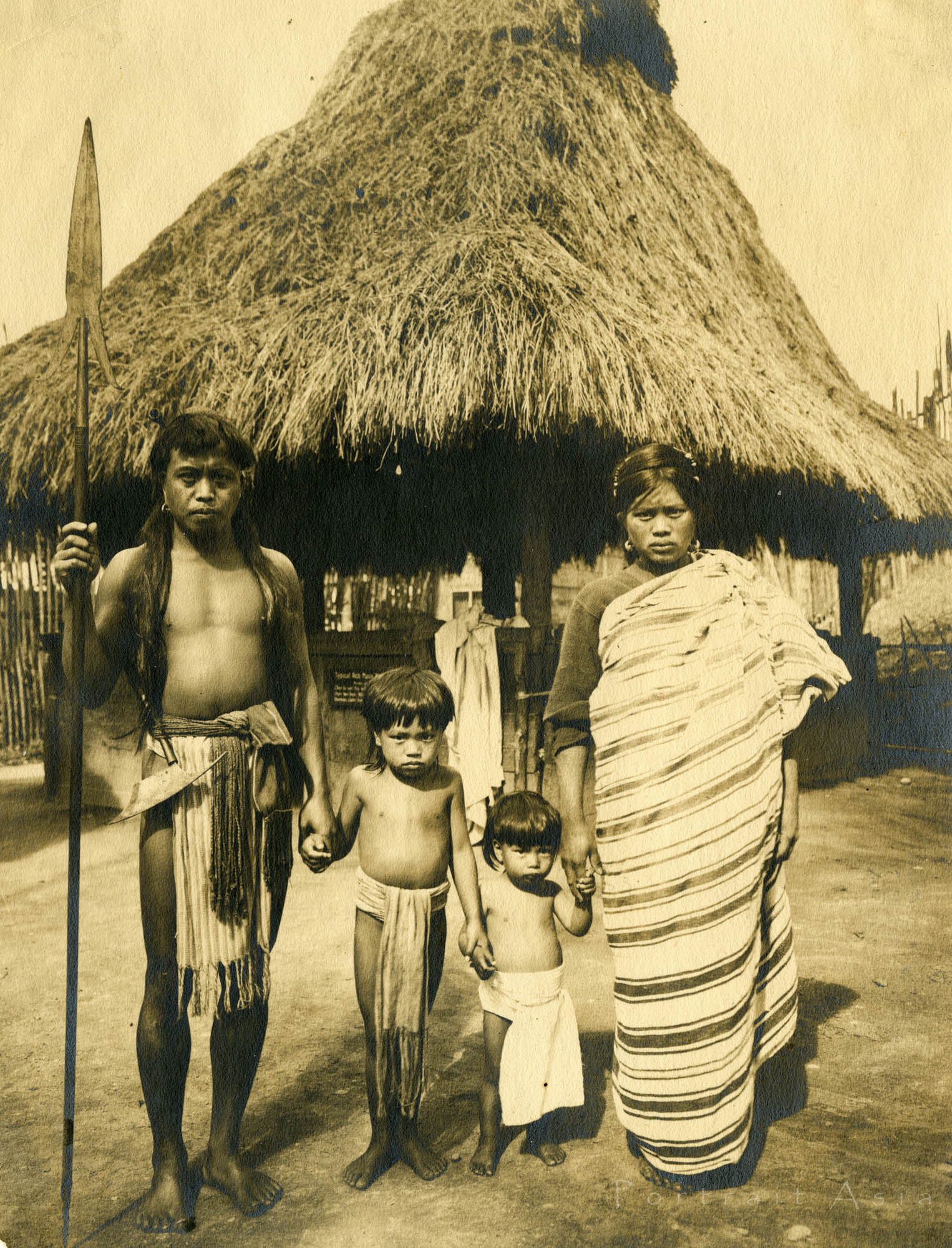In 1904, the United States of America staged the first human exhibit called St. Louis World’s Fair. One of the participating countries was the Philippines occupying around twenty hectares of exhibit area to accommodate around 1,200 Filipinos and their dwelling places as part of the event. Among the exhibited humans were people called Igorots.
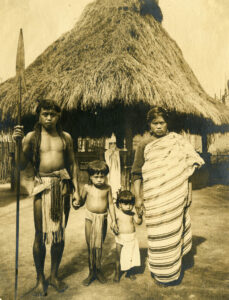
The Americans likened the Igorots to the American “Indians” as “savages, headhunters, and dog-eaters.” But like the Native Americans, these indigenous peoples of the Cordillera Mountains in the Philippines are more civilized than what the Americans once thought.
In 1887, Filipino Physician, Poet, and writer Dr. Jose Rizal visited the Exposición de las Islas Filipinas in Madrid, Spain and saw Igorots being exhibited in the “human zoo”. The Igorots were in a poor state of health and were being mocked by the Spanish people. Rizal was outraged by the degradation of his fellow Filipinos and criticized Spain.
The Saint Louis World’s Fair and the Exposición de las Islas Filipinas were more savage and their treatment of the exhibited humans were more inhumane than how these people lived in their lands.
For centuries they flourished in the Cordillera mountains as farmers and hunters with a strong understanding of plants and animals. Although they have occasional quarrels with their neighboring tribes, they were protected by their common law called “budong” (peace pacts) or Pechen to other tribes. They have lived in harmony with nature. For years they never exploited their natural resources to extinction. They cut only the trees they need for building houses and hunt only the animals they need for food. Their way of exchanging goods was mostly through gold or their local commodities (e.g. exchange rice for g-strings or animals).
The Budong
Peace pacts in those days are significant protection for the people. Each tribe is independent with its own council of elders safeguarding everyone’s rights. Once a quarrel against another tribe arises, It would be brought to the attention of their elders and peace pact holders. These tribal leaders were regarded with much respect. A council with other peace pact holders especially with the conflicting tribe would ensue. They would be the ones to decide whether there will be war or the conflict would be settled amicably. Often time the instigator of the quarrel pays for his action with goods such as domestic animals. Apparently weaker tribes always go for peaceful settlements.
Headhunting expeditions which happen when peace pact holders severe the peace pact against a rival tribe do not always occur. In contradiction to what other people thought, war is also upsetting to them because it takes too many resources and the lives of their warriors. But they don’t hold back once they were ordered to go to war. They only kill their enemy warriors. Rarely would they include women and children. In fact, some history told us that those who harm women and children will become a pariah and regarded as enemies of all.
Living in Harmony with Nature
The Igorot people never lack the basic necessities in life. Rice, meat, clothing, and shelter. Each household has a rice field to till and animals to pasture. Every community work hand in hand to plow and plant their fields. They know the timetable of the rain to water their plants. If one does not follow the crowd, his plant suffers the consequences. The bulk of pests would invade his plants.
This maybe is a myth in the mountains as a punishment of Kabunyan to the one who does not follow his laws, but it has an explanation in today’s scientific studies. Field rats live in a colony. When there are enough foods they multiply. When there’s a scarcity of food, their numbers would dwindle. When the plants start to bear fruit, the rats’ populations also starts to increase. However, since the vastness of the field has been planted, no matter how fast the rats multiply their presence is barely felt by the farmers. And before their number increase to become uncontrollable pests, the rice fields are already ripe for harvesting. The goods are kept in the rice barns that are inaccessible to the pests. If someone did not follow the multitude and planted earlier or later than the rest, the bulk of the pest will feast on his field during the time it’s the only one yielding fruit. See more details on their agricultural practice here.
The poor people in a community also do not have to beg to live. They work in the fields and would be paid rice for their wages. They would supplement these with edible fruits and vegetables from their forests and kaingins or swidden (slash and burn) farms. They also hunt wild pigs in the forests including the field rats for their meat supplies.
In Ifugao Province where the famous Banaue Rice Terraces is located, they have their Muyong. Muyong is a forest reserve protected and maintained by the community to supply water to the rice fields. Across the Cordillera, all the tribes have similar sacred water sources.
The forests thrive with wild animals and plants. The people only cut the trees for their basic necessities like firewood and for building huts and rice barns. Their forests are sacred to them not only because it is the source of their water and other important necessities but also the home of spirit creatures. They fear punishment from their ancestors or from the “anitos” if they exploit these sacred places. Their taboo beliefs are instrumental in the balance of nature. Read more stories about the Igorots here.
The Western Influence
For centuries, the most important treasures for the Igorots are their animals and fields. The rich have wider fields, more carabaos, cows, and pigs. The poorer usually have their pigs and chickens. When the colonizers introduced the power of money, the usual practices are no longer important. The exchange of goods has also changed. People would accumulate more money than animals and land.
The west has also introduced logging that came with the mining industry. With the opportunity to earn money, many tribespeoples disregarded their beliefs and joined in the exploitation of the forests. The industry has destroyed more forest products in just the first two decades of the American time than what the Igorots would have used up in centuries.
The same influence has caused many to abandon their fields and find other money-making ventures somewhere else. They sold their fields and animals and joined the vast number of people migrating to the cities. Many went to work in mining companies established by the colonizers.
With the influence of rampant violence and the lack of respect for the elders, the original essence of Budong has slowly deteriorated. Peace pact holders are oftentimes not consulted and vengeance is exacted without the usual “budong” consultations.
Crimes in the past days pertain only to revenge without consultation of elders. They don’t rape and disrespect their women. They follow the courtship law. Men and women used to bathe in the rivers together naked and without malice. The vile acts were introduced by the colonizers who pillaged their lands, burned their huts and fields, and raped their women.
And these savages are the people who brought us the so-called Christian Religions. Religions that are also laden with the old pagan traditions of Rome. They were called uncivilized and savages then. But even when they didn’t have guns and machines they are more civilized in their old ways of dealing with other people than those who came to conquer.
Unfortunately, when the colonizers came to influence the indigenous people, the natural resources they fought so hard to keep were wasted by Western-influenced corrupt government. Here’s one ironic example: When the Japanese came, the Igorots fought hard not to lose their freedom and their resources. After the war, 90 percent of the forest products from the Cordillera went to the rehabilitation of Japan. And these leaders who facilitated this are some of the country’s richest today.
Igorots as Citizens of the World
But is the Western World to be blamed for the influence and changes in the Igorot’s cultural upbringing? Yes and no. Yes because they did bring a lot of influence to abandon their beliefs that enforce respect to nature and to elders. No probably because what’s happening is global. Change will come to all one way or the other.
This is just yet another battle for the Igorots to fight. To learn from the old beliefs and traditions, learn its scientific benefits, and incorporate them into modern teachings. It’s a fight to bring balance to the old and new traditions for the people and the environment.
It is another fight to be able to maintain their unique identity while able to compete worldwide in every aspect of undertakings. Being knowledgeable in their culture, history, its scientific significance, and at the same time expert in the ways of the western world can give them an edge over the rest of the competitors. And most of all, show the world that their ancestor’s old ways were not savage as perceived but more civilized and respectful of peoples’ rights.
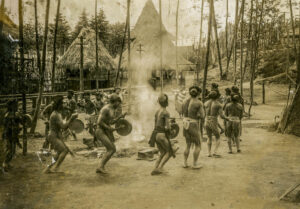
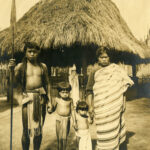 Igorots: The so-called savages of the Cordilleras
Igorots: The so-called savages of the Cordilleras 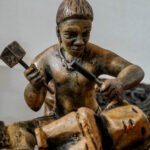 Od-odio, the Narra Tree Song
Od-odio, the Narra Tree Song 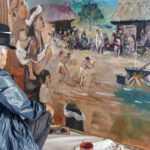 Baguio Creatives finding ways to rise above Pandemic
Baguio Creatives finding ways to rise above Pandemic  Baguio City Creative Christmas Trees
Baguio City Creative Christmas Trees 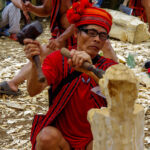 How a wooden spoon started a creative village
How a wooden spoon started a creative village  The Sagada Way
The Sagada Way  The Mountain Trail Thrill
The Mountain Trail Thrill  Baguio stages first Creative Festival
Baguio stages first Creative Festival 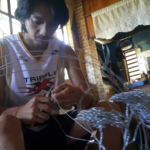 Wire Art, a miner’s lifeline
Wire Art, a miner’s lifeline 